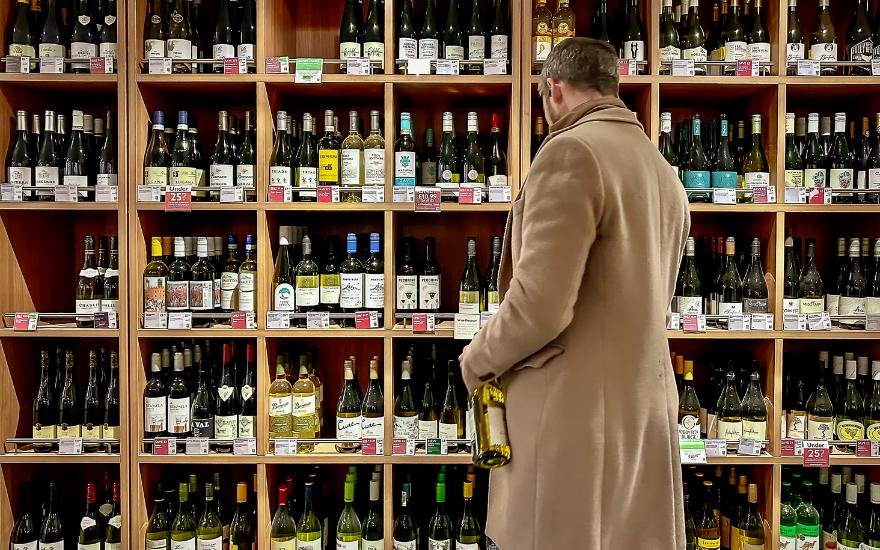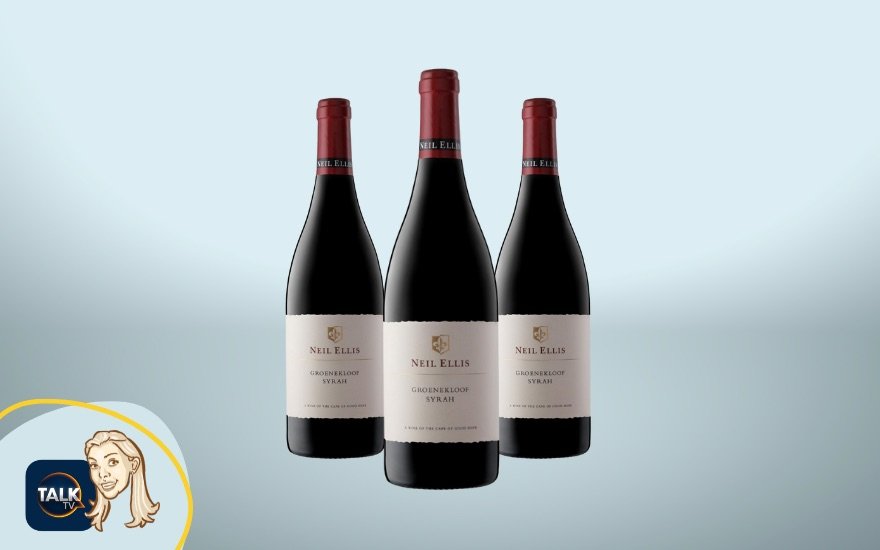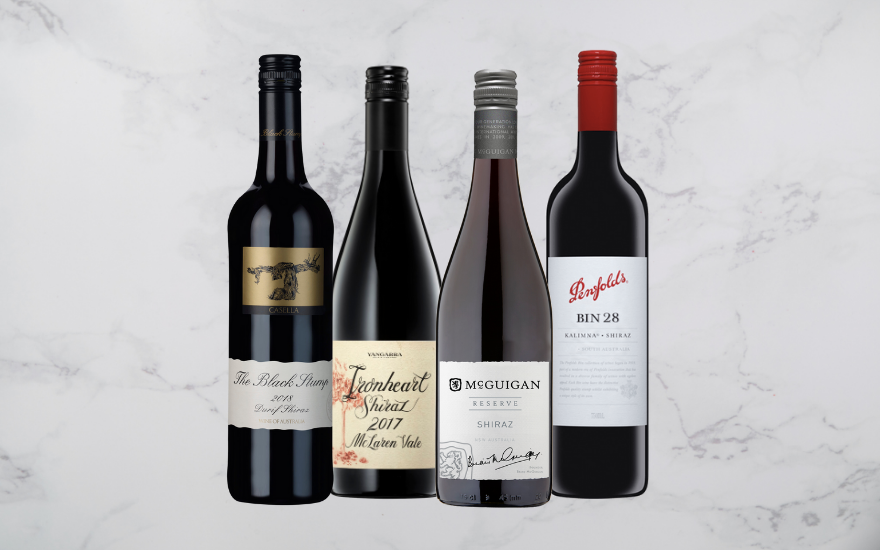There has been an issue with a lot of English wine for a while now. Not with the sparkling wines, which overall have been of excellent quality for a long time, but with still wine. There are some producers that make quite good still wine in the UK, but it is expensive, and there is a lot of competition at the price range English still wine asks for. The main reason for the price is that the cost of production in England is very high, but the reason for the quality is a simple one, the climate. Unlike sparkling wine, which can use multi vintages, still wine is a vintage product, and our vintages vary greatly in England. There are purists out there, those who accept these vintage variations, who enjoy the terroir and climate aspects of wine and are willing to pay for it. However, the great majority of wine drinkers simply want a good wine at a reasonable price and how that wine is produced is of lesser importance.
This brings me onto a new winery in the New Forest, not that the location really matters.
Beaulieu 58 is a winery which is growing their vines in polytunnels. Their main business is a fruit farm, and they are very successful at growing fruit, giving us strawberries earlier in the season and asparagus before any of the other English growers. This expertise in bringing plants to ripeness more quickly benefits vines in England hugely.
The use of polytunnels also helps with two other aspects of growing vines in England. Mildew and the use of chemicals. They use their chemical sprayer, without chemicals, to simply aerate the polytunnel, moving the air around to prevent mildew. The lack of chemicals is facilitated by the tunnel and the material in which the vines are grown. Coir, the husks of coconuts are used for the first 80cm of depth. There is no need to use chemicals to guard against disease. They simply just irrigate, and use nutrients. The only reason they can’t call their wines organic is because coconut palms are not considered organic and therefore the coir used is not classified as organic.
There is a further benefit to growing the vines in a polytunnel in this fashion. The vines give good enough fruit after just one year to make a wine, and the main difference in consequent years is the yield.
All this sounds excellent, but the proof is in the pudding as one would say. I travelled down to the New Forest with a few other writers and an MW who is not involved in the project.
We tasted the very small number of wines they had in barrel, and there were some notable wines with great potential. Particularly a Bacchus orange wine which had been made with only 10% of the production in oak. It had tart, fresh fruit and peppery undertones, and one could see that by the time it will be in bottle, it should be very good. There was one other wine which was showing great potential, and it is a grape variety known for maturing well in hot climates, not England. Their Shiraz has lovely fruit, with touches of spice, and had only been in barrel for two and a half months.
They have some wines from the 2023 vintage in bottle and we tried them over a good lunch at Limewood House. The standout wines for me were a Gewurztraminer which had pronounced aromatics, a well-defined palate with lots of pears and white peach. There was also a B58 red, which is a blend of Shiraz, Merlot and 10% Cabernet, where they dehydrate the berries by 15% before vinification giving higher alcohol which results in purity of fruit, good tannic structure with typical green pepper flavours and pepperiness alongside rich fruit. The potential of these wines is clear to see.
So, one might ask how did this unusual method of producing wines come about?
Sandy Booth - Owner of Beaulieu Winery
It was one man’s obsession with growing things. Sandy Booth, a lifelong farmer, started B58 Winery as an offshoot of his established soft fruit business, New Forest Fruit. Drawing on his experience with tunnel-grown soft fruits, he applied similar methods to cultivate grape varieties—such as Shiraz and Gewürztraminer—that are not typically grown in the UK climate, making English wine production feasible.
Sandy grew up in St Andrews, Scotland, where he was introduced to farming through his father, who managed cattle on an Aberdeen Angus farm. In his twenties, he moved to Kent and developed practical skills in plant propagation, irrigation systems, and plant nutrition.
In 1997, Sandy joined tenant farmer John Boyd in Beaulieu as Soft Fruit Manager and helped introduce tunnel farming techniques in Southeast England. He contributed to growing a strawberry business from 50 to 2000 tons and, in 2008, formed a business partnership with Boyd. Over the past 16 years, he has overseen the production of approximately 4,500 tons of strawberries annually while also experimenting with crops like artichokes, apricots, melons, and asparagus. His approach to growing asparagus—using recycled coir from strawberry production along with specific bacteria and fungi—allows his operation to be the first in the UK to produce the crop each season.
Healthy roots grown in coir
More recent projects include converting misshapen strawberries into gluten-free, vegan fruit snacks and trialling Japanese strawberries to explore the possibility of year-round production. In 2022, Sandy began working with Swiss oenologist Guillaume Lagger, who crafted the winery's first wines and continues as the lead winemaker at Beaulieu 58 Wines.
The results are already good and priced between £15 and £35, they will be able to compete with other wines at similar price points. These wines might not have the terroir story of wines from England or further afield, but they are English, it is clear they will be superb indeed and above all, will consistently taste good year after year.
If you would like to try Beaulieu 58 wines, you can order a bottle from their website where they will also have listings of where to purchase as they become available.
If you’d like to learn more about English wine and wine from all over the world please read our wine section.
Words by Colin Hampden-White





















